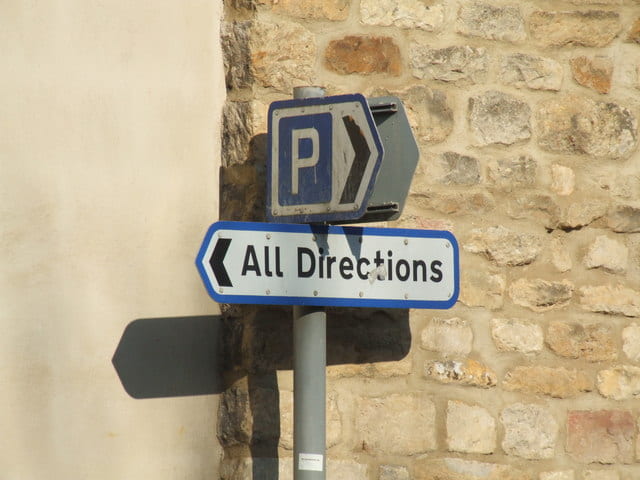My individual digital scholarship project, which is now part of our collaborative ‘meta-project’ around digital scholarship, has changed a great deal in the last few weeks. And it’s changed even more since I first began to envision what our collective digital project would be. Initially, I wanted to explore a project that would map the publication data of the Native American books collection. Then, I wanted to plot geographic locations within various books to see what Native American authors were writing about a given region in the U.S. over time. And now, I’ve shifted to using text analysis programs and methodologies to compare two different Iroquois creation stories written by Tuscarora authors. How’d this happen? Continue reading Where Am I and How Did I Get Here?
Tag: gis
Maps on Maps on Maps
Out of the different forms of data visualization that my fellow interns and I have begun to explore, geographic information systems (GIS) or mapping tools have remained one of the most interesting options to me. And for good reason. First off, as a tool for displaying information, maps and mapped data in general begin to shape a story about your data. Put another way, your data really has a chance to saying something once it’s been mapped. For example, trends and outliers within lotted publication addresses from pre-20th century Native American books will reveal themselves and because you’re looking at an image/display, perhaps an interactive (clickable, zoomable) one, that info sticks in your brain more. And we’re all about that here. Continue reading Maps on Maps on Maps

